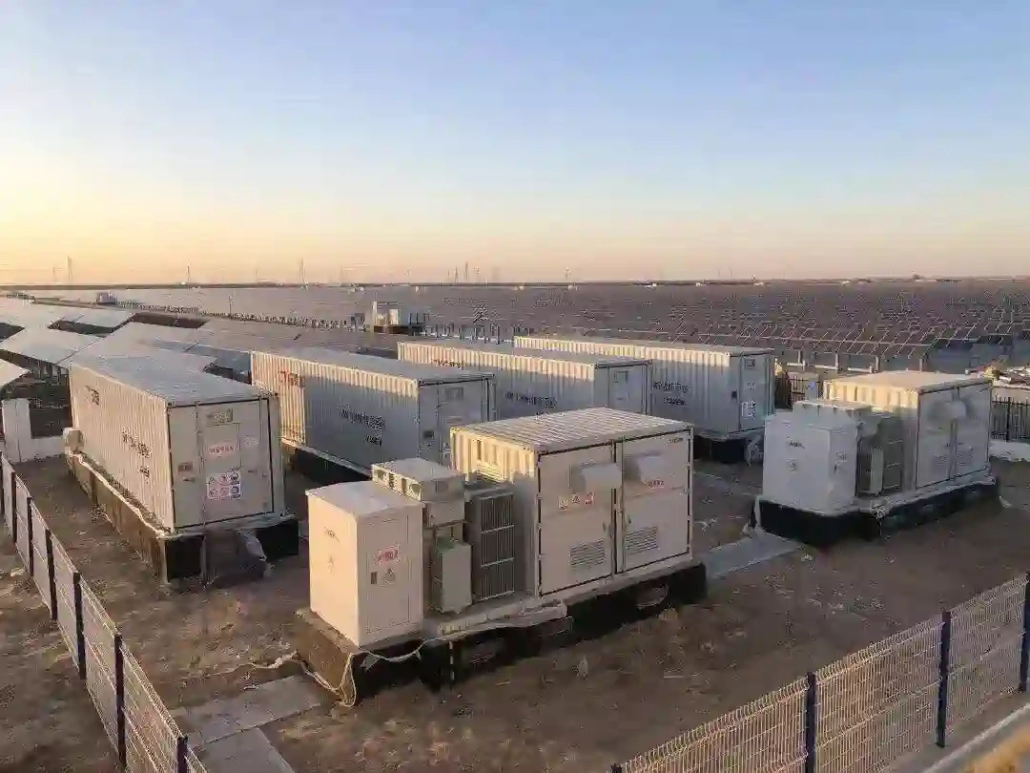U.S. Shatters Q3 Record in Energy Storage Deployment
Table of Contents

Table of Contents

Copyright 2025 MANLY Battery | All Rights Reserved
To receive your email faster, please copy [email protected] and send your email directly, or fill out the form below.